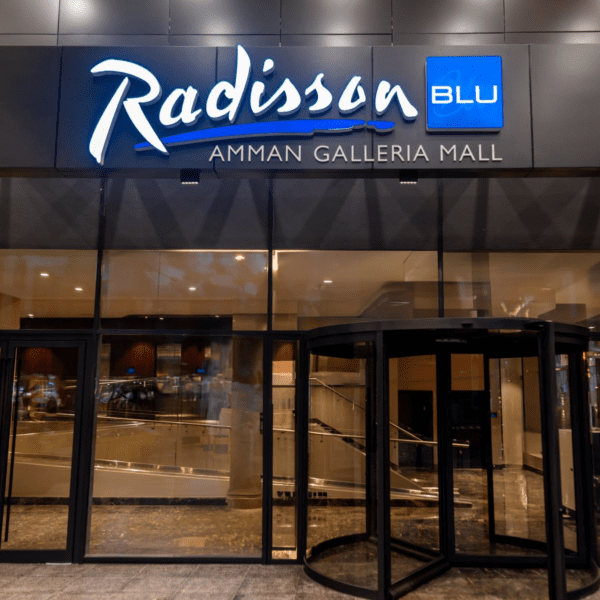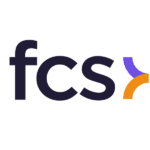 I want you to remember life before 2009. Yes, I know – hard isn’t it? Just try it for the moment. Still hard? You wouldn’t be alone. Part of our lives today is that it moves so incredibly fast that we forget to put things into perspective as it feels they have always been with us. How could we have ever lived without this?
I want you to remember life before 2009. Yes, I know – hard isn’t it? Just try it for the moment. Still hard? You wouldn’t be alone. Part of our lives today is that it moves so incredibly fast that we forget to put things into perspective as it feels they have always been with us. How could we have ever lived without this?
If you wanted to take a taxi in 2009, chances are you would have waited outside on the street trying to flag one. Sounds bizarre, no? Taking a taxi from home? Painful to say the least. Imagine a time when it was raining like crazy and you had to go out to the street and hope to god someone would pick you up. Maybe you even used the phone for calling an actual tax number, went to a taxi rank or tried the online website. We all know how painful that was, especially during peak and rainy times.
In 2011 Uber launched and in June 2012 Asia was taken by storm with the appearance of Grab (MyTeksi back then). If you look at the story of Grab you can clearly see an evolution from a taxi app to an all-encompassing platform that helps with everything from making payments easier to food delivery to video streaming. If you live in South East Asia, chances are it is one app that your phone needs to have.
What make Grab special though? How did it become what it is today? And how can we in hospitality use some of the learning and apply them to our ecosystem to make us better? The answer lies in ease of use for the consumer, from booking to checkout.
Intuitive navigation
If you’ve used the Grab / Uber for getting a car, you know how quick and easy it is:
Step 1: Choose your point of origin -> Skip if it’s pre-selected based on geo-location
Step 2: Choose your destination (or a saved one)
Step 3: Choose the type of car -> Skip is you use the default JustGrab selection
Step 4: Book
In less than 10 seconds, you’ve selected your destination and are now waiting for the confirmation and details of your driver. How would this translate to hotels?
If you consider your website and booking engine, how can you facilitate the process and speed up the time from Searching to Booking?
Step 1: Date selection from your booking widget. What is the most frequent lead time and length of stay for people booking on your website? Two days out? Next Friday? Why not pre-populate the most frequent date and number of nights, so that it reflects the most likely search?
Step 2: Choose the room and rate. Same as the dates, rather than offering a million options and packages, what is the more likely rate and room type people book? Reduce the number of options based on lead time (a last minute booking is less likely to be for large families) and length of stay (ex. show only larger units for 7+ nights). Test and trial, and monitor the impact using analytics and booking engine data.
Step 3: Book. What information is really critical for the guest to make a reservation? If it is last minute, First / Last Name and email is most likely sufficient. So why bother asking for phone, country, address etc? For bookings made 0 to 1 day prior, unless your hotel is running full, you might not even need to ask for a credit card, to encourage conversion. Look at how some OTAs are functioning for last minute bookings, and replicate every opportunity to reduce the number of clicks and steps for the guest.
Try your current booking journey and identify the hurdles and the steps that can be removed or changed, to speed up the time spent for the guest. Can you book in under 10 seconds?
Localized communications
Travelling to Myanmar or Thailand and worried about the proficiency of drivers to speak your language? Grab has got you covered with automatic translation so that you can clearly explain where you are in your own language, and the app translates for you. Vice-versa, when the drive needs to explain how far he is, or where he will pick you up, the messages comes to you clearly.
Having this type of interface between consumer and service provider is often left out in hotels. Not only are basic collateral, restaurant menus or in-room instructions found in hotels are only in one language, but service can often be delivered only in English or the local language. Same goes for hotel websites, where OTAs also have the edge with localized language.
While hiring full-time translators are not feasible for most hotels, ensuring that some basic navigation and information can be found in languages from key feeder markets can be done with the right booking engine provider.
Also, having simple fact sheets translated so that guests can have access to maps, address and directions in various foreign and local languages can make a big difference on the booking and arrival process.
Easy payment and billing
Another great feature for travelers, especially those like us (Fabian and Michael) who travel often across Asia, is the ease of payment. During a business trip, we don’t need to worry about collecting multiple taxi receipts, or to carry local currencies. The Grab model allows us to choose between credit card, cash, as well as other methods such as Alipay. Then once the ride is completed, we receive a clear receipt by email, indicating the origin, destination and cost of the ride. When we want dinner in the evening – easy: Uber / Grab Eat, paying in store, mostly not an issue.
Multi purposes, widely accepted, peace of mind, expense accounts a breeze – and the list goes on. How do hotels compare?
How many hotels send bills by email instead of the traditional print out? How many hotels accept Alipay, or less traditional payment methods like ApplePay or WeChat Pay or even Grab Pay? How bout bank transfer? How many hotels allow you to charge the restaurant across the street to your room account?
From the booking engine to the front office, understanding the preferred method of payment of your key feeder markets can not only help converting more booking, but also encourage ancillary revenues across the property.
Ensure you capture the guest emails at time of check in, not only to follow up with paperless invoice, but also to add to your marketing database.
Grab also goes a step further for companies, where they can set up corporate accounts so that employees don’t have to pay for transport when travelling on business. This is particularly useful to reconcile sales activities, save time and energy for finance, and reduce the risk of mismanagement on petty cash.
Conclusion (aka what we’ve learned so far)
We’ve explored how Grab is making the booking process, seamless, simple and easy for the users. Hotels can take a cut of it and it doesn’t need to be costly or timely – all it needs is a simple decision on your end: Pivot or persevere – Change, or stick with your current approach and tech.
If you ask yourself – should i build an app or not? Can I be like Grab? Does it actually work for my single hotel?
Answer: why build when it’s already built?
Multiple payments: Check your Payment Gateway (yeah, we know that is painful – maybe Grab it 😂)
Intuitive booking: Mobile first, automated up-selling (Check out Upsell Guru, Oaky or Up2), Rate widgets such as Triptease or Travel Tripper), Auto generated pre-, post, email messages (e.g. Revinate), Omni-channel communication (e.g. Hoperator), automated bill generation, etc. and the list goes on. Point is: It is there for you to work with and they are proven methods to help hoteliers.
Language: Remember the last time you were lost without help? Felt 👎 didn’t it? Whilst Google Translate can do simple translations on the go, do not underestimate the power of localisation and the effect it has on your guests.
Big question: Who to watch? Our bet is on Google. With the expansion of Google in the travel space, guests are provided with several ways, simpler, faster and clearer, so hotels need to adapt their capabilities to make the most profitable channels stand out.
If you liked this, wait for the next installment: we will review other key ways of how hotels can learn from ‘super-apps” like Grab, including the range of services they now offer (Hotels, Food and soon Flights), as well as other aspects of the business model than can be applied to the travel industry.
Thank you for Michael Belanger! Catch us on linkedin (Michael Belanger and Fabian Bartnick).





























